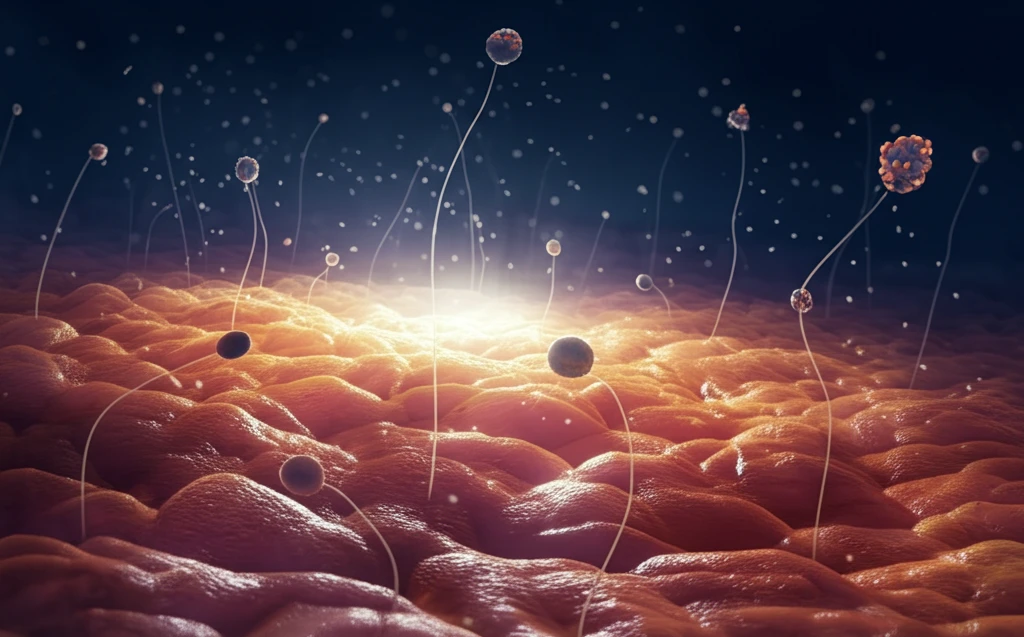
Tiny Tubes, Big Impact: How Nanotubes Could Revolutionize Medicine
"Scientists create innovative 'tubisomes' for targeted drug delivery, offering hope for treating diseases at the cellular level"
Nature has perfected the art of building complex structures from simple components. Viruses, for example, rely on the precise arrangement of capsid proteins, held together by a combination of hydrophobic forces and hydrogen bonds, to infect cells. Inspired by these natural systems, scientists are striving to create synthetic materials with similar capabilities.
One promising area of research involves supramolecular chemistry, where molecules self-assemble into larger, well-defined structures. This approach offers the potential to create materials with tailored properties and functions, mimicking the intricate designs found in biological systems.
Now, researchers have achieved a significant breakthrough by developing novel structures called 'tubisomes'. These tiny tubes possess the ability to perforate cell membranes and deliver therapeutic agents directly into cells. This innovation could revolutionize medicine, offering new strategies for targeted drug delivery and disease treatment.
The Science Behind Tubisomes: Building Blocks of a Medical Revolution

The key to the tubisomes' functionality lies in their unique design. The researchers synthesized a polymer/cyclic peptide conjugate, combining the properties of both building blocks. Cyclic peptides are known to self-assemble into nanotubes through hydrogen bonding, creating a rigid, tubular structure. The polymer component, on the other hand, provides amphiphilic properties, meaning it has both hydrophobic (water-repelling) and hydrophilic (water-attracting) regions.
- Targeted Delivery: The tubisomes can be engineered to target specific cells or tissues by attaching targeting molecules to their surface.
- Drug Encapsulation: The hydrophobic core can encapsulate drugs or other therapeutic agents, protecting them from degradation and ensuring their delivery to the intended site.
- Membrane Penetration: The tubisomes can interact with cell membranes, facilitating the delivery of their cargo directly into the cell's interior.
Future Implications and Next Steps
This research opens up exciting new possibilities for targeted drug delivery. By engineering tubisomes to target specific cells and deliver therapeutic agents directly into their interior, scientists could develop more effective treatments for a wide range of diseases, including cancer, infections, and genetic disorders. Further research will focus on optimizing the tubisomes' design, improving their targeting capabilities, and evaluating their safety and efficacy in animal models. The ultimate goal is to translate this technology into clinical applications, bringing the benefits of targeted drug delivery to patients in need.
